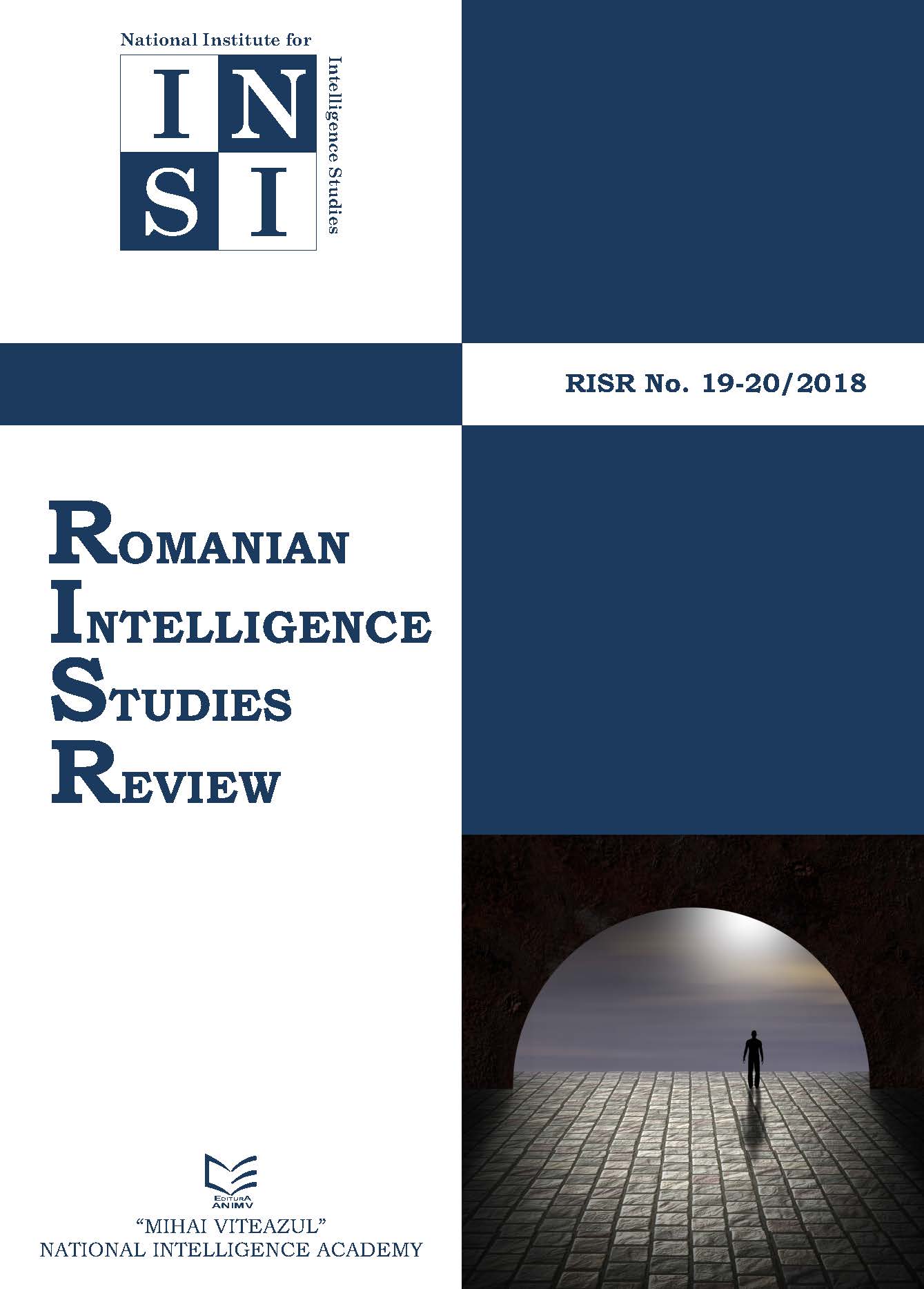ULTIMATE CAUSES OF WARS (LONG-TERM, STRATEGIC CAUSES) AND DIFFERING ROLES FOR INTELLIGENCE PRACTITIONERS, ACADEMICS, AND POLICY MAKERS
ULTIMATE CAUSES OF WARS (LONG-TERM, STRATEGIC CAUSES) AND DIFFERING ROLES FOR INTELLIGENCE PRACTITIONERS, ACADEMICS, AND POLICY MAKERS
Author(s): Michael AndreggSubject(s): Politics / Political Sciences, Security and defense
Published by: National Institute for Intelligence Studies
Keywords: Causes of wars; intelligence practitioners; academics; and policy makers;
Summary/Abstract: Promoting constructive relations between academics and intelligence practitioners in the US is a perennial challenge. Many centripetal forces drive us apart. This challenge will be illustrated by reference to four of the most important ultimate causes of wars and crises that all civilizations face today. Those long-term causes of conflict are: 1) Population Pressure; 2) Corruptions of Governance; 3) Militant Religion, and 4) Authoritarian Law. That conclusion followed review of over 400 relevant books, structured interviews with over 100 long-term (>20 years’ service) accomplished, military, intelligence and diplomatic personnel, and a similar number of long-term, accomplished peace advocates. This resulted in a book that won our National Peace Writing Award in 1999. (Andregg, 1997, 1999, 2001) The concept of a ‘developing global crisis’ (DGC) that underlies more proximate (more visible, & often less controversial) causes of wars has been presented at many military and intelligence colleges since then, where officers often struggle with the differences between strategic and tactical intelligence. Very few people want to get into unending wars, but militaries lean towards tactics. We reply that medicine teaches us that to cure grave problems one must identify ultimate causes, not deal just with symptoms. Population Pressure is an ultimate (strategic) cause of wars well illustrated by contemporary Syria, by displacement of Native peoples in North and South America by European immigrants, and by many other examples. However, no US politician speaks about this openly due partly to opposition from organized religious groups. So our military is now trapped in wars that never end in places with high birth rates and endemic violence like Afghanistan and Iraq. Many try to promote “moderate” (nonviolent) forms of Islam there. But our partners are often assassinated by terrorists who reject modernity, and who see collaboration with foreign occupiers as treason. Corruptions of Governance obstruct solutions to big problems everywhere. Academics are well informed about those, which makes us irritating. Intelligence professionals are usually employed by governments, as are policy makers, which make criticizing governments difficult for them. So academic critics of policy are often seen as nags or worse, and the scholars are frustrated by being ignored or even actively opposed by bureaucracies that resist change fiercely. Militant Religion and Authoritarian Law interact synergistically, which complicates everything. This combination drives terrorist enthusiasm for violent “solutions” to the many problems they seek to overcome by ruling the entire world. Thus, “Caliphate” has become a label for militant, religious authoritarianism. I will tie each of these factors to implications for both practitioners and policy makers, despite their long-term and very problematic political implications.
Journal: Romanian Intelligence Studies Review
- Issue Year: 2018
- Issue No: 19-20
- Page Range: 237-256
- Page Count: 20
- Language: English

